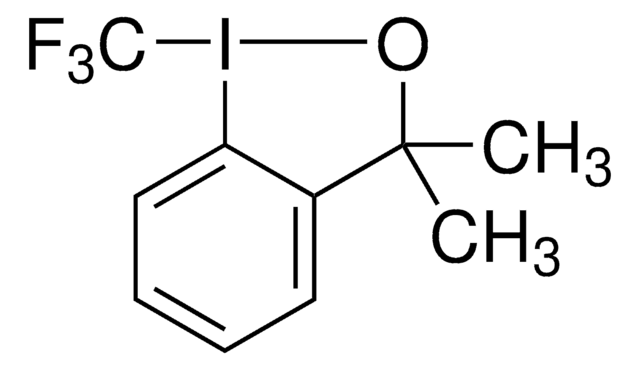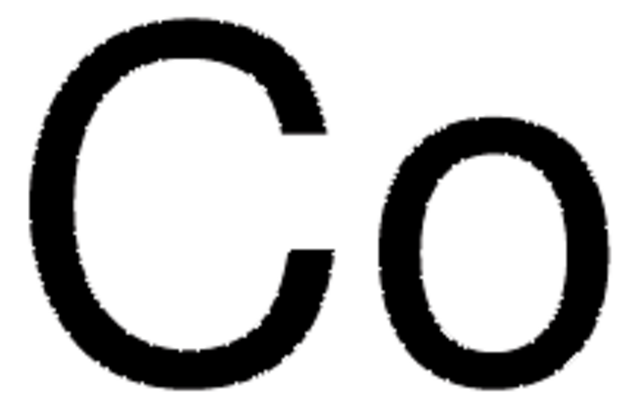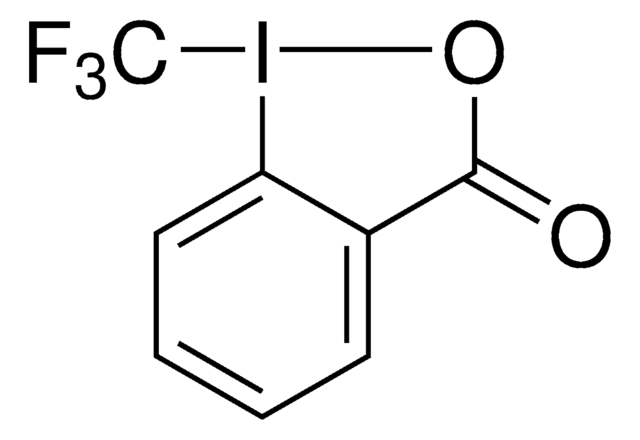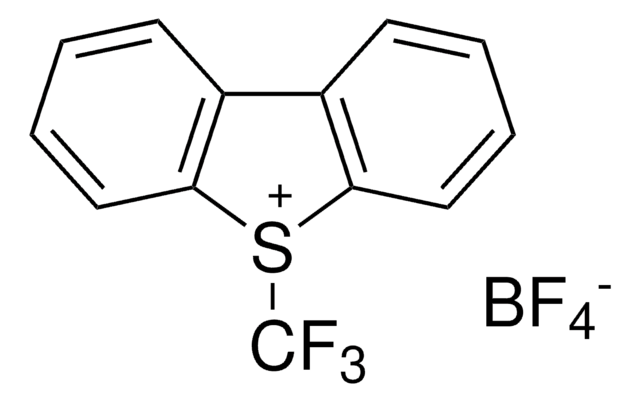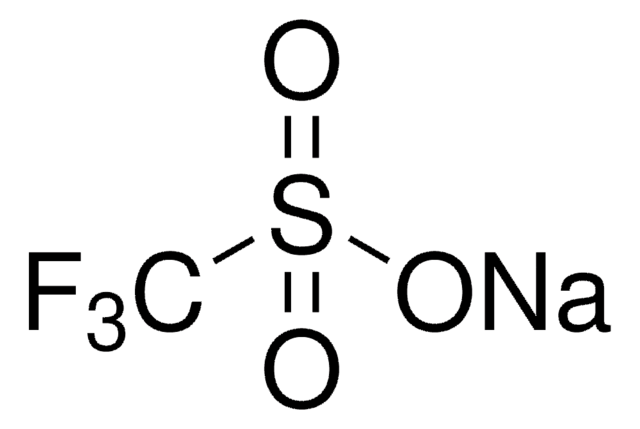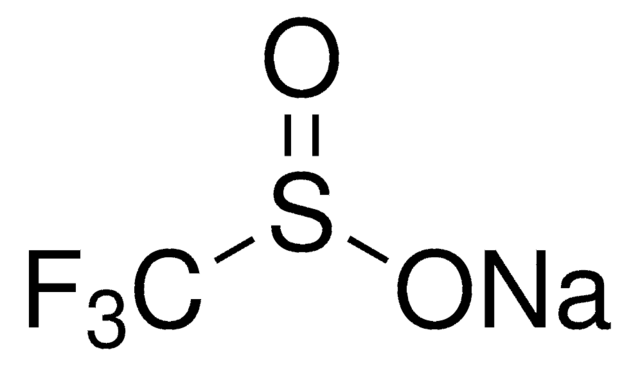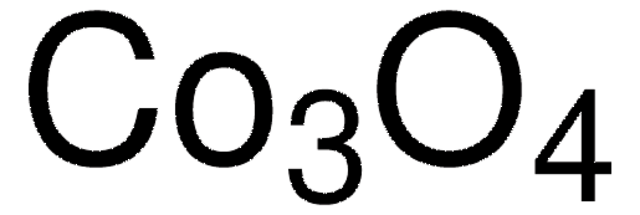697745
Cobalt
Carbon coated magnetic, nanopowder, <50 nm particle size (TEM), ≥99%
Sinonimo/i:
Cobalt element, Cobalt-59
About This Item
Prodotti consigliati
Materiali
carbon
Livello qualitativo
Saggio
≥99%
Forma fisica
nanopowder
Composizione
Carbon content, <8 wt. %
Magnetizzazione
>150 emu/g, Mass saturation
Resistività
6.24 μΩ-cm, 20°C
Area superficiale
>15 m2/g
Dimensione particelle
<50 nm (TEM)
P. eboll.
2900 °C (lit.)
Densità
8.9 g/mL at 25 °C (lit.)
applicazioni
battery manufacturing
Stringa SMILE
[Co]
InChI
1S/Co
GUTLYIVDDKVIGB-UHFFFAOYSA-N
Cerchi prodotti simili? Visita Guida al confronto tra prodotti
Categorie correlate
Applicazioni
Avvertenze
Danger
Indicazioni di pericolo
Classi di pericolo
Acute Tox. 1 Inhalation - Acute Tox. 4 Oral - Aquatic Acute 1 - Aquatic Chronic 1 - Carc. 1B - Eye Irrit. 2 - Muta. 2 - Repr. 1B - Resp. Sens. 1 - Skin Sens. 1 - STOT RE 2
Codice della classe di stoccaggio
6.1A - Combustible acute toxic Cat. 1 and 2 / very toxic hazardous materials
Classe di pericolosità dell'acqua (WGK)
WGK 3
Punto d’infiammabilità (°F)
Not applicable
Punto d’infiammabilità (°C)
Not applicable
Dispositivi di protezione individuale
dust mask type N95 (US), Eyeshields, Faceshields, Gloves
Scegli una delle versioni più recenti:
Possiedi già questo prodotto?
I documenti relativi ai prodotti acquistati recentemente sono disponibili nell’Archivio dei documenti.
I clienti hanno visto anche
Articoli
A key challenge for nanomaterial safety assessment is the ability to handle the large number of newly engineered nanomaterials (ENMs), including developing cost-effective methods that can be used for hazard screening.
The application of magnetism and magnetic materials pervades our modern civilization in the form of electrical power, communications and information storage.
Magnetic materials permeate numerous daily activities in our lives. They are essential components of a diversity of products including hard drives that reliably store information on our computers, decorative magnets that keep the shopping list attached to the refrigerator door, electric bicycles that speed our commute to work, as well as wind turbines for conversion of wind energy to electrical power.
Il team dei nostri ricercatori vanta grande esperienza in tutte le aree della ricerca quali Life Science, scienza dei materiali, sintesi chimica, cromatografia, discipline analitiche, ecc..
Contatta l'Assistenza Tecnica.